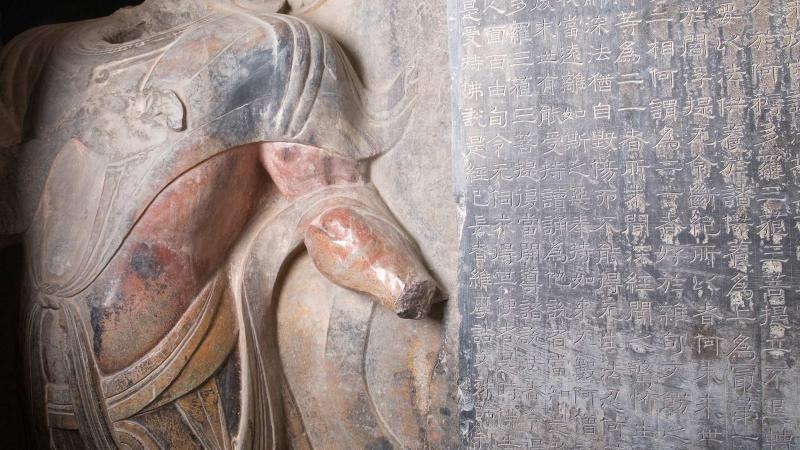Considered Mark Twain’s finest book, Adventures of Huckleberry Finn follows Huck and Jim’s raft trip down the Mississippi River of the 1840s. “I’d got to decide, forever, betwixt two things, and I knowed it. I studied a minute, sort of holding my breath, and then says to myself: ‘All right, then, I’ll go to hell.’” With these words, Huck chooses to help his friend Jim, a runaway slave, rather than betray him for a handsome reward. Huck is certain he will be damned, because he has just rejected everything he has been taught: Fourteen-year-old white boys don’t help fugitive slaves.
As Twain spins a tale of the duo’s daring exploits, he also offers an unflinching social commentary of antebellum America. The book remains the most controversial of Twain’s novels, which include The Adventures of Tom Sawyer, Life on the Mississippi, and A Connecticut Yankee in King Arthur’s Court.
“Mark Twain” made his first appearance in 1863, when Samuel Langhorne Clemens, a reporter for Nevada’s Virginia City Territorial Enterprise, filed a story under that name. “Mark Twain” was a Mississippi River term indicating that the water measured two fathoms deep, just barely safe for a steamboat. Clemens had some experience with the river: In 1857, at the age of 21, he became a “cub” steamboat pilot. Four years later, the Civil War ended his career by temporarily halting all river traffic. After a brief stint in the Confederate militia, Clemens headed out west with his brother, who had been appointed secretary of the Nevada Territory. Unsuccessful in timber speculation and gold mining, Clemens decided to return to writing. Over the next five decades, Clemens published more than thirty books and pamphlets, and wrote more than three thousand newspaper and magazine articles.
The Mark Twain Papers and Project at UC-Berkeley’s Bancroft Library began documenting Clemens’s life in 1949. The collection began when the library received the papers Clemens had personally selected and made available to his official biographer, Albert Bigelow Paine. Since then, the library has amassed more than 17,000 letters to Clemens or his family and another 11,000 written by them. There are also unpublished manuscripts, working notes, typescripts, business documents, clippings, scrapbooks, interviews, bills, checks, and photographs.
With $4,093,639 from NEH, the Mark Twain Papers and Project has been publishing the archive in four series. The Mark Twain Papers consists of scholarly editions of letters, notebooks, and unpublished literary manuscripts. The Works of Mark Twain are authoritative critical editions of Twain’s published works. The Mark Twain Library is meant for use in the classroom and by the general reader. The final series, Jumping Frogs: Undiscovered, Rediscovered, and Celebrated Writings of Mark Twain, showcases Twain’s short stories, travelogs, plays, and journalism. The project also has a robust website that offers digital versions of the completed volumes.
In 2010, one of the project’s scholarly editions, The Autobiography of Mark Twain, volume I, became an unexpected publishing sensation, earning a spot on the New York Times best-seller list. Not a bad showing for a man who has been dead for more than a century.
Written by Meredith Hindley, senior writer for Humanities.


